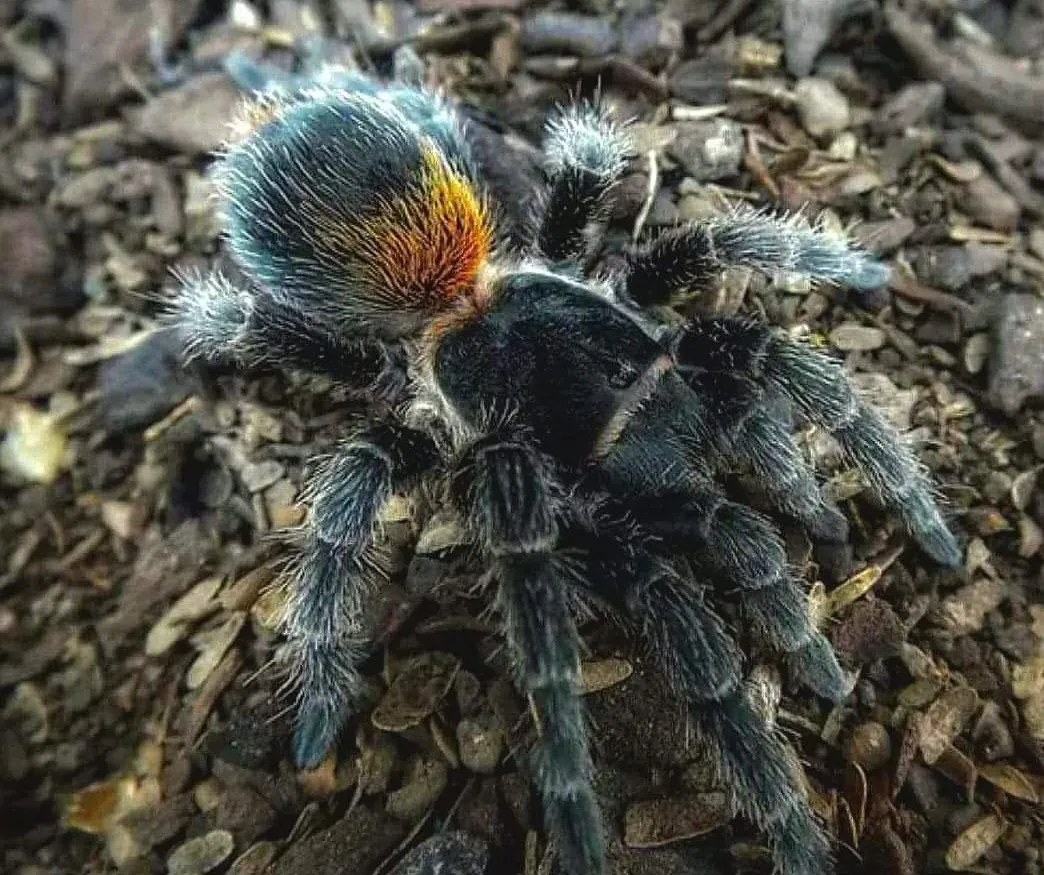What are Tarantulas
Tarantulas are large, hairy spiders belonging to the Theraphosidae family. These fascinating creatures are known for their impressive size, diverse colors, and relatively docile nature compared to some other spider species. They are popular pets among arachnid enthusiasts because of their unique characteristics and the rewarding experience of caring for them. With over 900 species worldwide, tarantulas come in a wide array of sizes, colors, and behaviors, making them a captivating subject for both study and observation. The term “tarantula” is often used to describe any large, hairy spider, but it specifically refers to this particular family. They can be found in various habitats, from tropical rainforests to deserts, and their adaptability contributes to their success as a species. Their diet consists primarily of insects, but larger species may also consume small vertebrates like lizards or even baby birds. Their lifespan can vary greatly depending on the species and sex; females often live much longer than males, sometimes exceeding 20 years.
Types of Tarantulas
Tarantulas are broadly categorized based on their habitats and behaviors, which significantly influence their care requirements. Understanding these different types is crucial for anyone considering tarantulas for sale and wanting to find the perfect match. These classifications help differentiate their needs and provide insights into their natural behaviors. The three primary categories are terrestrial, arboreal, and burrowing tarantulas. Each group exhibits distinct traits regarding their lifestyle, shelter preferences, and overall temperament, shaping their unique characteristics within the spider world. Selecting the right type of tarantula involves considering your personal preferences and available resources, as each one presents its own set of challenges and rewards for the keeper.
Terrestrial Tarantulas
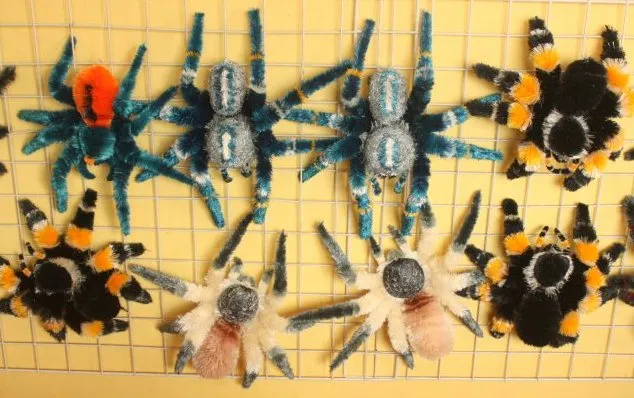
Terrestrial tarantulas are ground-dwelling spiders that spend most of their time on the ground or in burrows. They are the most common type and often considered a good starting point for beginner tarantula owners. These tarantulas typically require a substrate-heavy enclosure that allows them to dig and create burrows, mimicking their natural habitat. Examples of terrestrial species include the Mexican Red Knee and the Chilean Rose Hair tarantula. Their care typically involves a moderate amount of humidity, and their docile nature often makes them easier to handle. They usually prefer to explore the ground, so a spacious floor area is more important than height when selecting an enclosure. These spiders tend to be less prone to webbing compared to their arboreal counterparts, and their behavior is often more predictable, making them relatively low-maintenance pets. It’s important to note that even terrestrial species can occasionally climb or explore the sides of their enclosure, therefore a secure lid is always necessary.
Arboreal Tarantulas
Arboreal tarantulas are the tree-dwelling spiders that live in trees, shrubs, or other elevated structures. They require a taller enclosure that facilitates their climbing behavior and provides them with ample space to construct webs. Arboreal species, such as the Green Bottle Blue or the Goliath Pinkfoot, have adapted to life off the ground, exhibiting features such as stronger claws and a more agile body. They tend to be faster and more agile than terrestrial species. Their enclosure should include vertical elements like cork bark or branches to provide climbing surfaces and hiding spots. They often prefer higher humidity levels and may require more frequent misting. These tarantulas can be more defensive and are usually not recommended for beginners because of their speed and tendency to bite or flick urticating hairs when threatened. The beauty of their coloration and their unique lifestyle make them a popular choice for experienced keepers, however.
Burrowing Tarantulas
Burrowing tarantulas dig and live in underground burrows. They require a deep substrate that allows them to create tunnels and chambers, providing them with a secure and comfortable environment. These spiders are often more secretive and may not be seen frequently, as they spend a considerable amount of time underground. The depth of the substrate is a crucial factor, along with appropriate humidity to maintain the structure of the burrows. They often prefer less ventilation, but it must still allow the air to be fresh. These species, like the Mexican Blonde, are known for their extensive burrowing capabilities. Their care usually involves a mix of substrate materials, such as peat moss, vermiculite, and soil, to maintain moisture and structural integrity. Observing their behavior and understanding their habitat needs are essential for the well-being of burrowing tarantulas.
Tarantulas for Sale Where to Buy
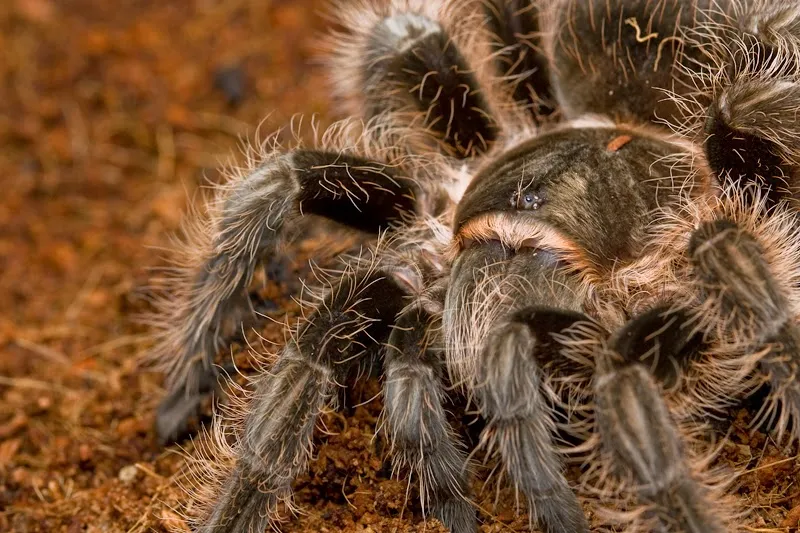
Finding tarantulas for sale involves several options, each with its own advantages and considerations. The most popular places to purchase these arachnids are online retailers and local reptile stores. Knowing the best places to source tarantulas is essential for getting a healthy specimen. Each option provides a unique buying experience, with differing levels of service, price points, and guarantees. Researching and weighing the pros and cons of each outlet will greatly enhance the chances of a successful and safe purchase. Ensure the chosen seller has a good reputation and offers clear information about the tarantulas’ origin, age, and health.
Online Tarantula Retailers
Online retailers provide a vast selection of tarantulas for sale, allowing access to diverse species from all over the world. The convenience of online shopping and the ability to compare different species and prices are key advantages. Reputable online retailers often offer detailed information, including species origin, care requirements, and health guarantees. However, it is crucial to check the seller’s reviews and ratings, as well as their shipping practices. Many online sellers specialize in tarantulas and have expert knowledge. Look for retailers that use secure packaging to protect the tarantulas during transit and provide live arrival guarantees. Shipping costs can add to the overall price, so consider this when evaluating the final cost. Furthermore, it is also essential to verify local regulations regarding the ownership of certain tarantula species before making a purchase online.
Local Reptile Stores
Local reptile stores offer an immediate opportunity to inspect the tarantula before purchasing, providing a chance to assess its health and behavior. These stores often offer expert advice and support, as well as access to essential supplies. Purchasing from a local store supports local businesses and allows for a more personal relationship with the seller. Local stores have the benefit of offering the tarantulas directly. It is usually simpler to return a tarantula if there are issues. Prices may vary from online retailers, and the selection might be more limited depending on the store’s inventory. Make sure to check the conditions of the animals and the cleanliness of the enclosures to ensure the store maintains proper animal welfare standards. Also, ask about the tarantula’s origin and health to ensure its wellbeing.
Tarantula Care Guide
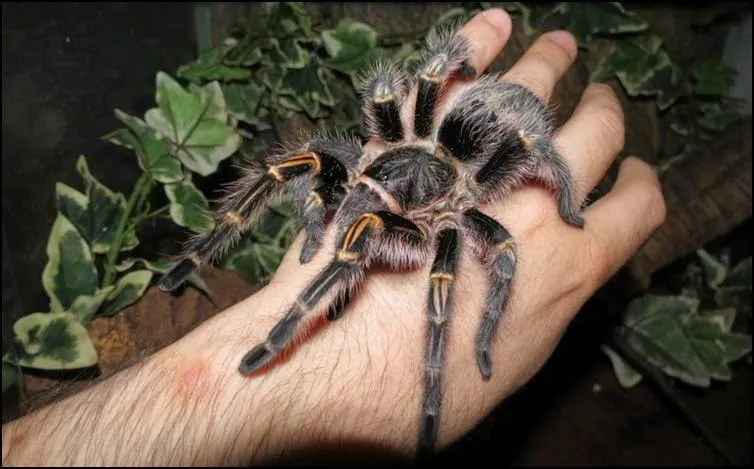
Caring for a tarantula requires a deep understanding of its needs, including housing, feeding, and handling. Careful planning and preparation are essential for a healthy and happy spider. Researching the specific species’ requirements and creating a suitable environment will result in a rewarding experience. Each aspect of tarantula care plays a crucial role in their well-being. Paying close attention to these factors can help in preventing common issues. Successful tarantula care ensures a safe and enjoyable experience for the owner and a thriving life for the pet.
Housing your Tarantula
Choosing the right enclosure is the cornerstone of tarantula care. The size and type of enclosure should be determined by the tarantula’s species and size. The enclosure must be appropriately sized, escape-proof, and well-ventilated. Terrestrial tarantulas need an enclosure that is longer than it is tall, while arboreal tarantulas need a taller enclosure. Providing proper ventilation is necessary to avoid mold and maintain adequate airflow. The enclosure needs a secure lid to prevent escapes. The substrate should also be considered; it provides a safe place for hiding. The substrate will also help maintain humidity levels. Decorations, such as hides, plants, and climbing structures, provide enrichment and mimic their natural environment. Providing the right setup minimizes stress and fosters a comfortable environment, which is critical for the spider’s health and overall wellbeing. Ensure your enclosure matches the species and that you follow basic safety guidelines.
Feeding your Tarantula
Feeding is one of the most engaging aspects of owning a tarantula, and it is relatively simple. Tarantulas are carnivorous and primarily eat insects. The type of food will depend on the size of the tarantula. Small tarantulas eat small insects, such as fruit flies and pinhead crickets, while larger ones can eat crickets, roaches, and even small vertebrates. It is usually best to feed juveniles twice a week and adults once a week, adjusting the frequency based on their condition. Always remove uneaten food within 24 hours to prevent mold and mites. Providing a balanced diet with the appropriate prey sizes is critical for proper growth and development. Fresh water should be provided in a shallow dish to ensure your tarantula is always hydrated. A healthy diet contributes significantly to a long and healthy life.
Handling your Tarantula
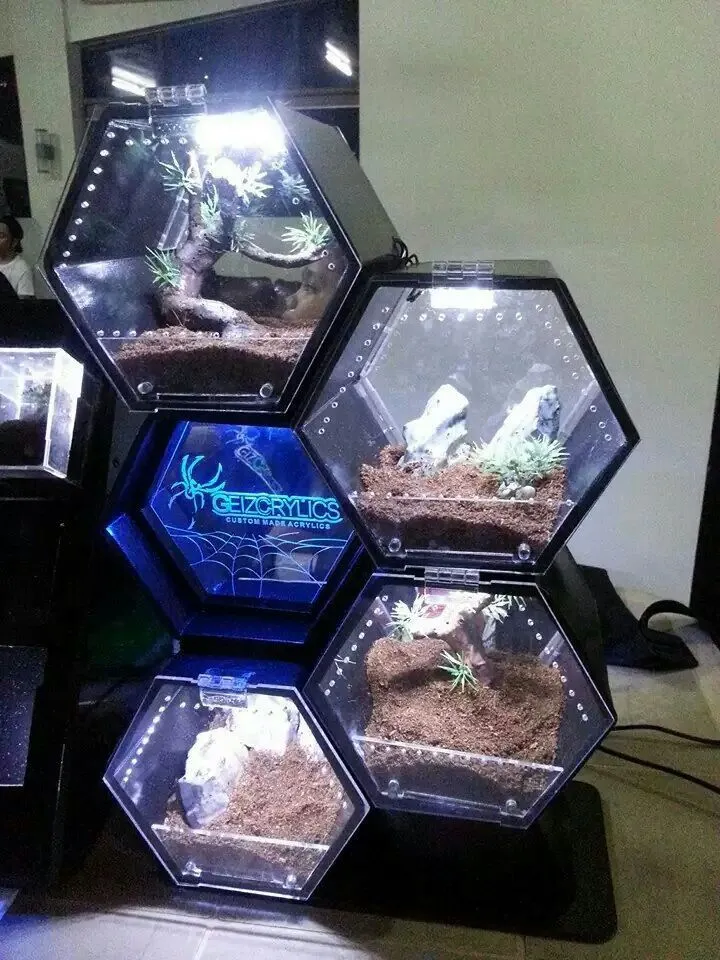
Handling a tarantula should be approached with caution. Many tarantulas are docile and can be handled, but it is never mandatory. Avoid handling if the tarantula is stressed. If you choose to handle your tarantula, do so in a safe area where a fall will not cause harm. Tarantulas can be surprisingly fast. They can be startled and may bite. Always wash your hands before and after handling. Handle them gently and be prepared for them to drop or run. Handling should be kept to a minimum to reduce stress, and it should never be forced. Regularly observe your tarantula’s behavior for signs of stress, such as erratic movement or defensive postures. Some tarantulas are not suitable for handling at all. Understanding the individual temperament of your tarantula species is essential for responsible ownership.
Health and Wellness of Tarantulas
Maintaining the health and wellness of a tarantula involves proactive measures. These measures will help prevent common health problems. Regularly monitoring the tarantula’s behavior, feeding habits, and overall appearance allows for early detection of any health issues. Proper husbandry, including temperature, humidity, and sanitation, is essential. Regular monitoring allows you to recognize and address potential issues. A well-cared-for tarantula will be more likely to lead a long and healthy life. Prevention is key to maintaining a healthy tarantula.
Common Tarantula Diseases
Tarantulas, like all living creatures, can be susceptible to certain diseases and health issues. Overfeeding can lead to obesity and related health problems. Infections can occur if the enclosure is not kept clean. Mites are a common pest, and they can weaken the spider. Preventative care, like proper hygiene, substrate maintenance, and a balanced diet, is essential to minimizing the risk of these issues. Identifying the symptoms early and seeking advice from a veterinarian or experienced tarantula keeper is critical. While tarantulas are generally hardy, awareness of potential health concerns is a crucial part of responsible pet ownership.
Preventative Tarantula Care
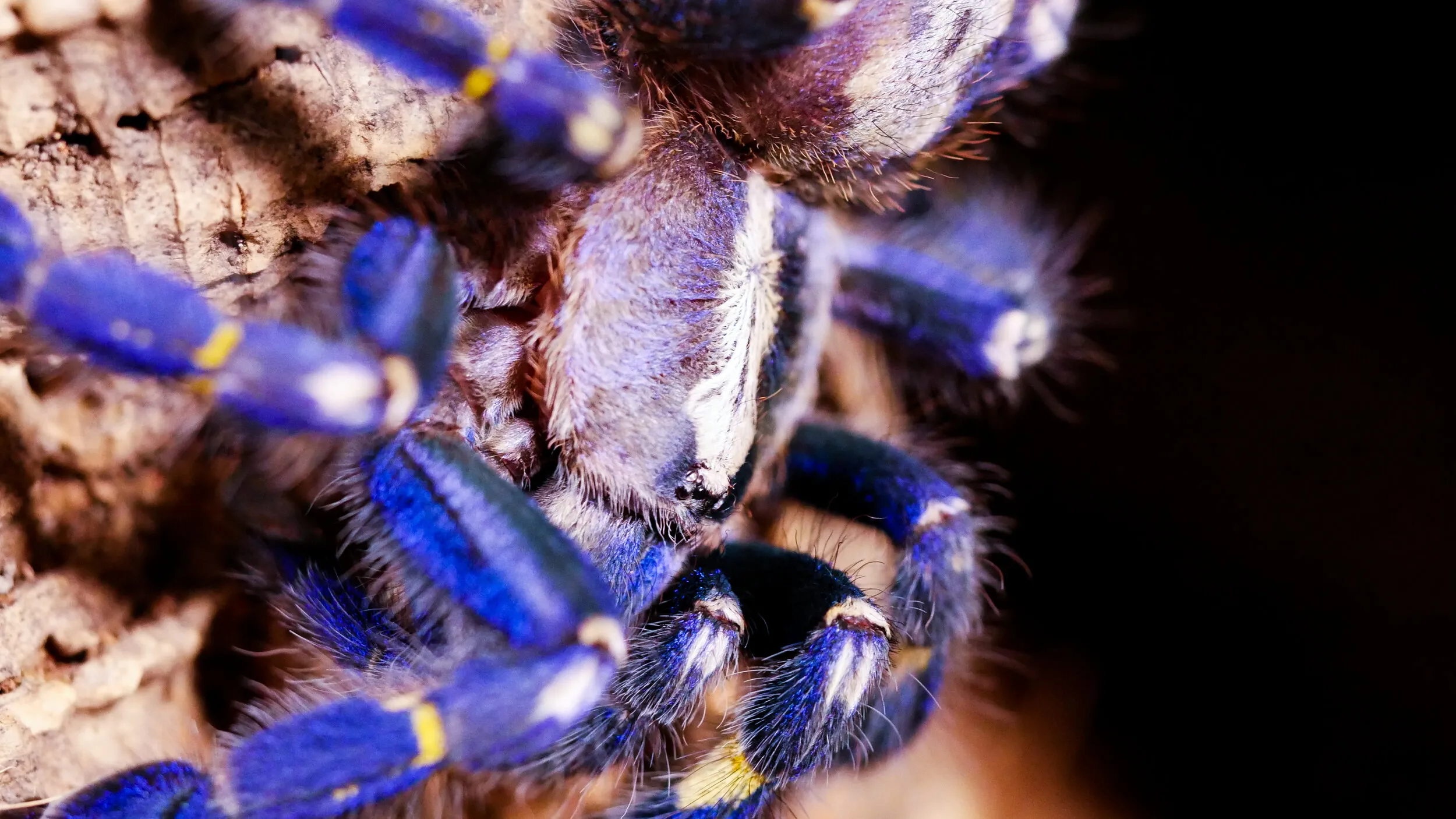
Preventative care is key to ensure the health and longevity of your tarantula. Ensure the enclosure is clean, and regularly remove any uneaten food and waste to prevent the buildup of harmful bacteria and pathogens. Maintaining the appropriate humidity and temperature levels helps prevent stress and supports the tarantula’s immune system. Provide a balanced diet with the correct prey size and frequency to avoid nutritional deficiencies. Observe the tarantula regularly for any signs of illness or distress, such as loss of appetite, lethargy, or unusual behavior. Quarantine new tarantulas to prevent the spread of any potential diseases. Preventative care will ensure a healthy life and enjoyable experience for both you and your tarantula.
Cost of Tarantulas for Sale
The cost of a tarantula can vary greatly depending on the species, age, and origin. Some species are more common and therefore less expensive, while rare and exotic species can command a premium price. Juvenile tarantulas are generally less expensive. Captive-bred tarantulas can also be more expensive due to the costs involved in breeding and rearing. Factors that contribute to the price include the species’ rarity, their size, and the seller’s reputation. Overall, the price range for tarantulas can vary widely, making it important to set a budget and research different species before purchasing. Planning and research will ensure you find a tarantula within your budget and suitable for your experience level.
Factors Affecting Tarantula Prices
Several factors affect the price of tarantulas. Rarity is a major factor, with rare species often costing significantly more than common ones. The tarantula’s age and size can also affect the price, as juveniles and smaller specimens often cost less than adults. The origin of the tarantula can also affect the price; captive-bred tarantulas may cost more than wild-caught ones. The seller’s reputation also plays a part in the price, with reputable breeders and sellers often charging more due to their expertise and the health guarantees they offer. The species’ temperament and overall attractiveness can also influence pricing. Researching these factors can help you understand the different variables that impact tarantula prices.
Budgeting for Tarantula Ownership
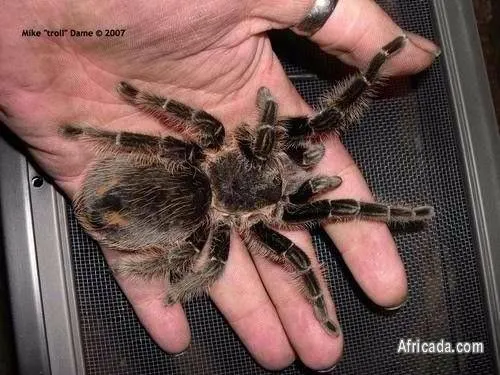
Budgeting for a tarantula goes beyond the initial purchase price. Ongoing costs include the enclosure, substrate, feeding supplies, and any needed veterinary care. The size and complexity of the enclosure will impact the cost. Consider the ongoing costs when setting up your tarantula’s home. Feeding costs depend on the size and eating habits of the tarantula. Regular health checks and potential veterinary expenses should also be factored into the budget. Preparing a comprehensive budget before acquiring a tarantula ensures you can provide proper care without financial strain. Proper financial planning will ensure your tarantula is safe and healthy.
Tarantula FAQs
Many first-time tarantula owners have questions. It is always best to ask questions when considering bringing a tarantula into your home. Understanding these common queries will help prepare new owners. Here are some of the most frequently asked questions, which will help clear up common doubts and misunderstandings. Common questions deal with safety, care, and general knowledge. These FAQs aim to provide clear and concise answers. This information can help in making informed decisions about owning and caring for these fascinating creatures.
Are Tarantulas Dangerous
The perceived danger of tarantulas is often overstated. While they are venomous, their venom is generally not considered life-threatening to humans, and their bites are comparable to a bee sting. Some species are more prone to defensive behaviors than others. The primary defense mechanism for many tarantulas is not biting but the use of urticating hairs, which can irritate the skin and eyes. Handling should always be done cautiously and with respect. Learning the specific behaviors of each species is critical to minimizing any risk of injury. Generally, tarantulas are not considered aggressive, and with proper handling and precautions, they can be safely kept as pets. Education is vital, so be certain you are not taking any unnecessary risks.
